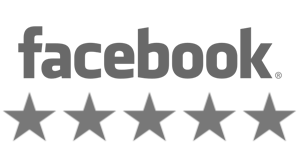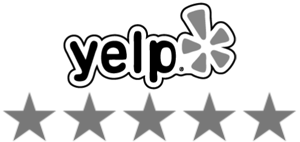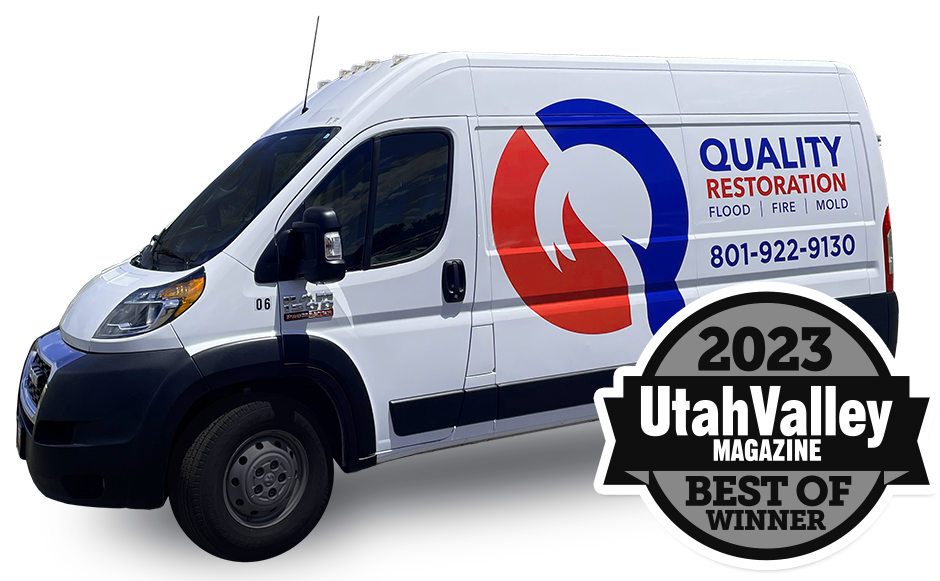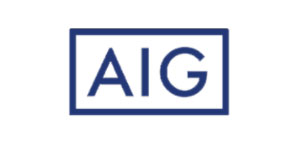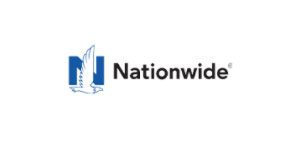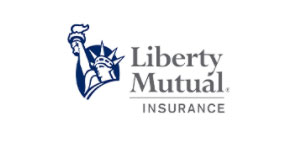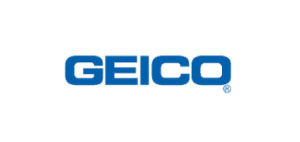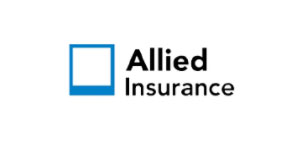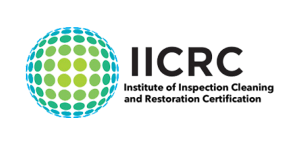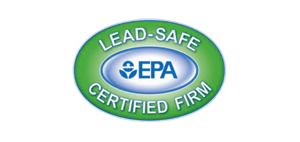If you’ve found dark spots on your walls, ceilings, or around windows, and they smell musty, you might be dealing with black mold. Mold remediation in Utah is often needed after water damage, basement flooding, or unnoticed leaks, especially in humid areas like bathrooms and laundry rooms, where black mold is more likely to grow undetected.
The term “black mold” usually refers to Stachybotrys chartarum, a potentially toxic species. But in reality, several types of mold can appear black, and any mold growing indoors can affect your health and damage your home.
In this guide, we’ll walk you through how to identify black mold, the symptoms it can cause, where it hides, and what to do next—whether you’re considering DIY cleanup or calling a professional.
Signs That You May Need Mold Remediation in Utah
Black mold isn’t always easy to identify. Still, there are some telltale signs to watch for, especially in damp or recently flooded areas.
What It Looks Like:
- Dark greenish-black or charcoal gray spots
- Often appears slimy, fuzzy, or speckled
- Grows in clusters or streaks
- Can stain drywall, wood, carpet, and insulation
Keep in mind, not all black-colored mold is Stachybotrys, and not all harmful mold is black. But if it’s dark, spreading, and appears in damp areas, it’s worth investigating.
Odors That May Indicate a Need for Mold Remediation:
- A strong, musty, earthy odor
- Often described as “damp basement” smell
- Lingers even after cleaning or airing out a space
If you smell mold but can’t see it, it may be hiding inside walls, under floors, or behind cabinets.
Health Symptoms Linked to Black Mold Exposure
Black mold can impact your health, especially if you’re exposed to it over time or have existing allergies or respiratory issues. While not everyone reacts the same way, some symptoms are common.
Symptoms That Could Mean Mold Remediation Is Needed:
- Persistent coughing or sneezing
- Nasal congestion or runny nose
- Itchy eyes, skin, or throat
- Headaches or fatigue
- Difficulty breathing or shortness of breath
Severe Health Effects From Untreated Mold
- Asthma flare-ups
- Skin rashes
- Chest tightness or wheezing
- Chronic sinus infections
Children, seniors, and people with asthma, allergies, or weakened immune systems are more likely to develop severe symptoms. If symptoms improve when you leave your home, mold may be the cause.
You don’t have to see mold to feel its effects. If you’re experiencing these signs and your home has had water issues, it’s worth getting a professional inspection. Many homeowners don’t realize they need mold remediation in Utah until these health symptoms appear.
Where Mold Grows Most Often in Utah Homes (and How to Spot It Early)
Black mold needs three things to grow: moisture, warmth, and time. Utah’s dry climate may slow mold growth outdoors, but inside homes, especially in poorly ventilated or water-damaged areas, mold can thrive year-round.
Most Common Areas:
Basements and crawlspaces
- Prone to flooding, poor drainage, or high humidity
Bathrooms
- Especially around tubs, toilets, and behind walls near plumbing leaks
Laundry rooms
- Behind or beneath washers, especially front-load machines
Kitchens
- Under sinks, around dishwashers, and behind refrigerators
Attics
- Poor ventilation and roof leaks make these prime mold spots
HVAC systems
- Mold can grow in ducts or on coils and spread throughout the home
Mold often grows where you don’t regularly look. That’s why it can go unnoticed for weeks or even months until it becomes a bigger issue.
What Causes Mold to Grow and When Mold Remediation in Utah Is Needed
Mold spores are always in the air, but they only grow into a problem when the environment is right. Understanding what triggers black mold can help you prevent it in the future.
1. Moisture
This is the #1 cause. Mold needs water to grow, and common sources include:
- Leaky pipes or plumbing joints
- Roof leaks or poor flashing
- Flooded basements or crawlspaces
- Overflowing tubs, toilets, or sinks
- High indoor humidity (above 60%)
2. Poor Ventilation
Mold thrives in stale, humid spaces. Areas without good airflow, like closets, attics, or behind appliances, are at higher risk.
3. Organic Materials
Drywall, wood, carpet, insulation, and cardboard all feed mold. Once spores land on a damp surface like these, they can colonize quickly.
4. Delayed Cleanup
Even a small water leak that goes untreated for 24 to 48 hours can be enough for black mold to start growing.
Stopping mold means stopping moisture, and doing it fast.
Can I Remove Black Mold Myself?
You can handle some minor mold cleanup on your own, but black mold, especially in larger or hidden areas, should be approached with caution.
DIY May Be Okay If:
- The affected area is smaller than 10 square feet
- It’s growing on non-porous surfaces like tile or glass
- You have no underlying health conditions
- You’ve stopped the moisture source completely
DIY Tips:
- Wear gloves, an N95 mask, and eye protection
- Use detergent or a mold-specific cleaner (not just bleach)
- Seal off the area with plastic to prevent spreading spores
- Dry the area completely after cleaning
You Shouldn’t DIY If:
- The mold covers a large area or multiple rooms
- It’s on drywall, wood framing, carpet, or insulation
- There’s a strong, musty odor but no visible mold
- You or someone in the home has asthma, allergies, or a weakened immune system
Trying to clean large mold problems yourself can spread spores and make things worse. When in doubt, call a professional.
Why Hire a Professional for Mold Remediation in Utah
Black mold removal isn’t just about cleaning, it’s about protecting your health, restoring your home, and preventing future growth. When you need mold remediation in Utah, a certified company has the tools, training, and safety protocols to handle the job thoroughly.
What Mold Remediation Experts in Utah Handle Better Than DIY:
- Conduct mold testing and moisture mapping to find hidden growth
- Set up containment barriers to prevent mold from spreading
- Use commercial-grade HEPA air scrubbers to remove airborne spores
- Safely remove and dispose of moldy materials (like drywall or insulation)
- Treat affected areas with antimicrobial solutions
- Fix the root cause of moisture (or coordinate the repair)
They’ll also document the entire process for insurance purposes and provide peace of mind that the mold is gone for good.
In short, if you want it done safely, completely, and correctly, the pros are worth it.
How to Prevent Black Mold in the Future
Once black mold is gone, your focus should shift to prevention. The key is to keep your home dry, well-ventilated, and maintained.
Control Moisture
- Fix leaks immediately, even small ones under sinks or around windows
- Install or maintain a sump pump in the basement
- Use a dehumidifier in areas with high humidity (aim for below 50%)
- Ensure rainwater flows away from your foundation using proper grading and downspouts
Improve Ventilation
- Use exhaust fans in bathrooms, kitchens, and laundry rooms
- Leave interior doors open to improve airflow
- Open windows regularly if outdoor conditions allow
Inspect Key Areas
- Check attics and crawlspaces a few times a year for moisture or musty smells
- Look for bubbling paint, discoloration, or peeling drywall
- Replace HVAC filters monthly and inspect ductwork for mold or debris
Use Mold-Resistant Materials
- Mold-resistant drywall and insulation are good options in basements or bathrooms
- Use moisture-resistant paint or sealants in high-risk areas
Preventing mold is always easier and cheaper than removing it.
Mold Remediation in Utah – FAQs
What is black mold?
“Black mold” commonly refers to Stachybotrys chartarum, a dark greenish-black mold that thrives in damp, cellulose-rich materials like drywall or wood. However, many molds appear black, any of them can cause health issues if left untreated.
Is black mold dangerous?
It can be. While not everyone is sensitive, black mold exposure may trigger respiratory problems, allergic reactions, or fatigue, especially in children, seniors, or people with asthma or compromised immune systems.
How do I know if I have black mold?
Look for dark spots, streaks, or clusters in damp areas, often with a musty smell. Common locations include basements, bathrooms, attics, and around water leaks. If unsure, a professional inspection can confirm it. Early detection is key to scheduling proper mold remediation in Utah before it spreads.
Can I clean black mold myself?
Only if it’s a small area (under 10 square feet) on a hard surface. Wear protective gear and clean with detergent, not just bleach. For large or hidden areas, always hire a professional.
Will insurance cover mold removal?
Sometimes. Mold caused by sudden water damage (like a burst pipe) is usually covered. Mold from long-term leaks or poor ventilation typically isn’t. Check with your insurance provider for details. If you’re unsure what qualifies, many mold remediation providers in Utah offer inspection reports that support insurance claims.
How can I prevent black mold in my home?
Fix leaks quickly, control humidity, and ensure good ventilation. Regularly inspect moisture-prone areas like basements, crawlspaces, and bathrooms.

